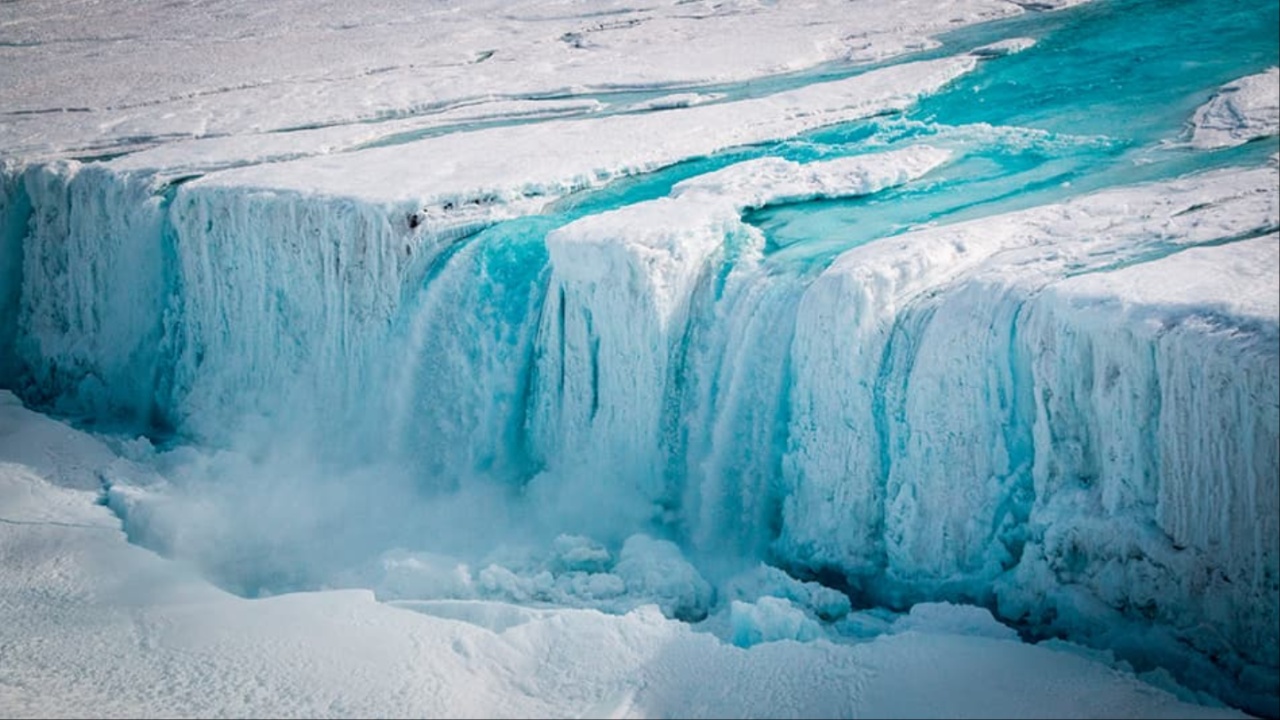Antarctica, traditionally recognized as “the white continent” due to its expansive ice and snow cover, is undergoing a significant transformation influenced by climate change. Known for holding 90% of the world’s ice in a massive 2.2 km thick layer, Antarctica is now seeing an increase in vegetation.
A recent study published in *Frontiers in Environmental Science* reveals that the area of plant cover has significantly expanded in recent decades, marking a clear shift in the continent’s appearance.
The driving force behind this greening is the rise in global temperatures, which is particularly intense at the poles due to the ice-albedo effect. As ice melts, it exposes darker ground that absorbs more heat, further accelerating warming.
Using satellite images from NASA and the USGS Landsat program, researchers found that areas covered by vegetation have increased from 0.86 km² in 1986 to 11.94 km² by 2021. The rate of this growth has surged in recent years, highlighting the speed at which Antarctica is changing.

This trend is part of a larger global pattern where cold-climate ecosystems are experiencing shifts due to warming. Researchers observed that the annual increase in vegetation grew from 0.317 km² over the full study period to 0.424 km² per year between 2016 and 2021.
This rapid expansion of plant growth mirrors changes seen in other polar regions, suggesting that Antarctica’s ecological systems are being redefined as ice retreats and temperatures rise.
Although the greening of Antarctica is alarming, the extent of plant life remains minimal compared to the continent’s vast ice coverage. Only 0.12% of the region is currently covered in vegetation, and despite the tenfold increase over the past 35 years, Antarctica is not on the verge of turning green any time soon.
The plant growth is still confined to small areas, and experts emphasize that this shift is a clear warning of the larger consequences of climate change.
This vegetation increase has profound global implications. While more plants can absorb CO2, the overall impact on mitigating climate change is small compared to the damaging effects of ice melt. As glaciers and ice sheets disappear, darker surfaces are exposed, speeding up the warming process.
This reduces Antarctica’s ability to act as a global heat regulator by reflecting sunlight, contributing to further temperature increases and rising sea levels.
The growth of vegetation will also have a disruptive effect on Antarctica’s delicate ecosystems. As mosses, lichens, and other plant life expand, there is an increased risk of invasive species entering the region, which could threaten the native flora and fauna.
Scientists warn that Antarctica’s environment is at risk of significant change in the coming century, and the ongoing greening is yet another indicator of the worsening impact of human-caused climate change.

